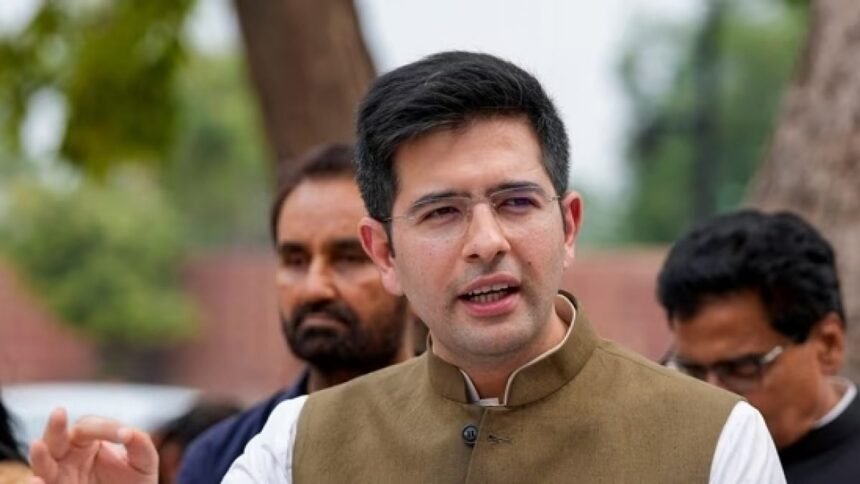Rajya Sabha Chairman Jagdeep Dhankhar made a noteworthy decision on Monday by revoking the suspension of AAP MP Raghav Chadha. The motion for revocation was set in motion by BJP MP GVL Narasimha Rao, adding an intriguing political dimension to the unfolding drama.
Chadha’s suspension, which was imposed on August 11 during the Monsoon Session, stemmed from allegations of a “breach of privilege.” The controversy centered around Chadha’s inclusion of the names of five Rajya Sabha MPs in a select committee without obtaining their prior consent.
The move to suspend Chadha had sparked heated debates within the parliamentary corridors, with members from various political parties expressing divergent views on the matter. The suspension raised questions not only about parliamentary procedures but also about the balance between party autonomy and the protocols that govern collaborative efforts within the legislative body.
GVL Narasimha Rao’s role in proposing the motion for revocation added an interesting layer to the narrative. The BJP MP’s decision to champion Chadha’s cause underscores the complexities of political alliances and the fluid nature of alliances within the dynamic landscape of Indian politics.
More About Raghav Chadha’s Suspension:
The accusations against Chadha had brought attention to the intricacies of parliamentary conduct, particularly in the context of forming select committees. The requirement to obtain consent from fellow MPs before including their names in such committees is a vital aspect of maintaining decorum and upholding the principles of parliamentary democracy.
The revocation of Raghav Chadha’s suspension signals a willingness to reassess and potentially rectify decisions when parliamentary norms come into question. It also highlights the significance of dialogue and consensus-building within the legislative framework, showcasing the resilience of democratic institutions in addressing internal conflicts.
The aftermath of this incident may influence future discussions on parliamentary conduct and contribute to a more nuanced understanding of the collaborative processes that underpin the functioning of India’s upper house.











